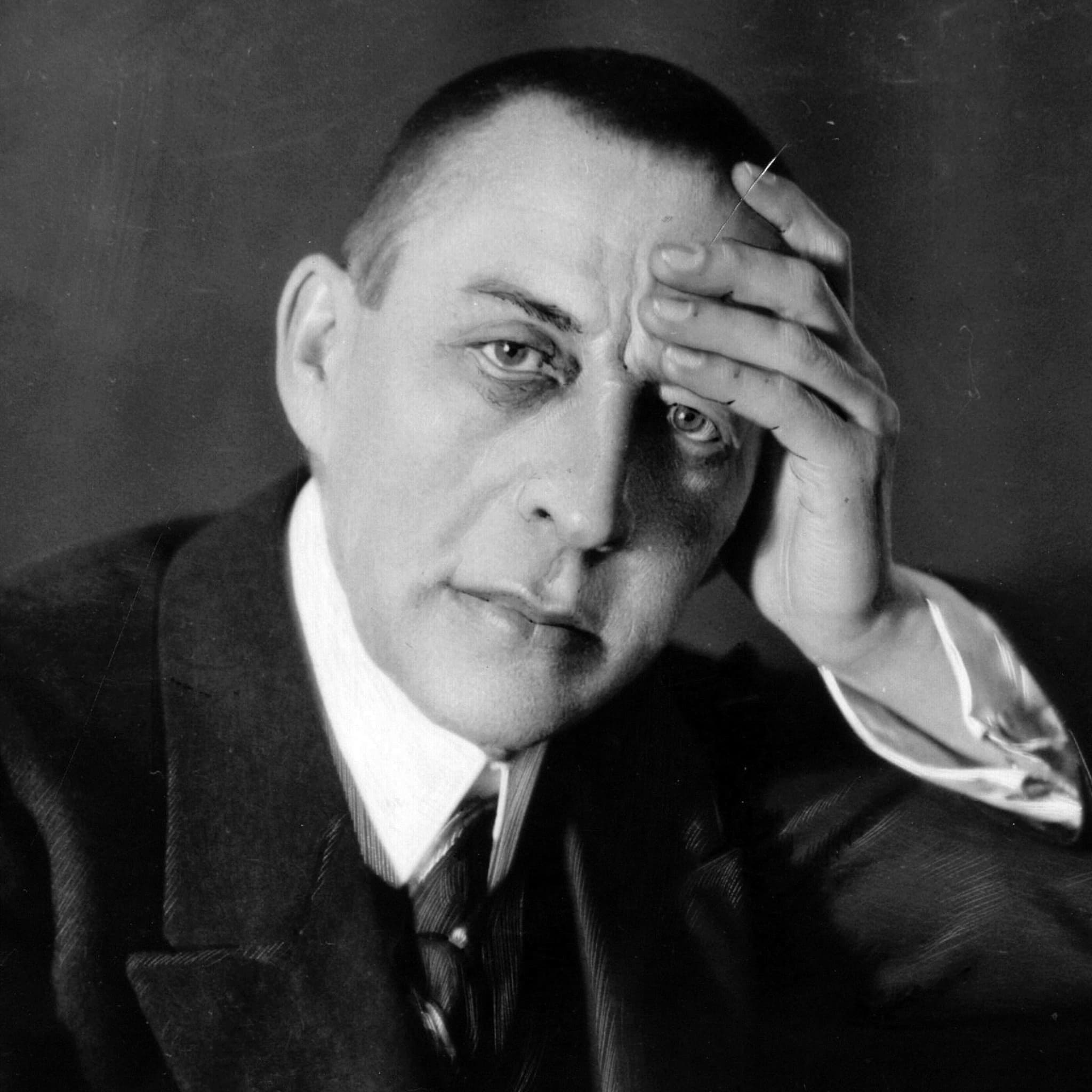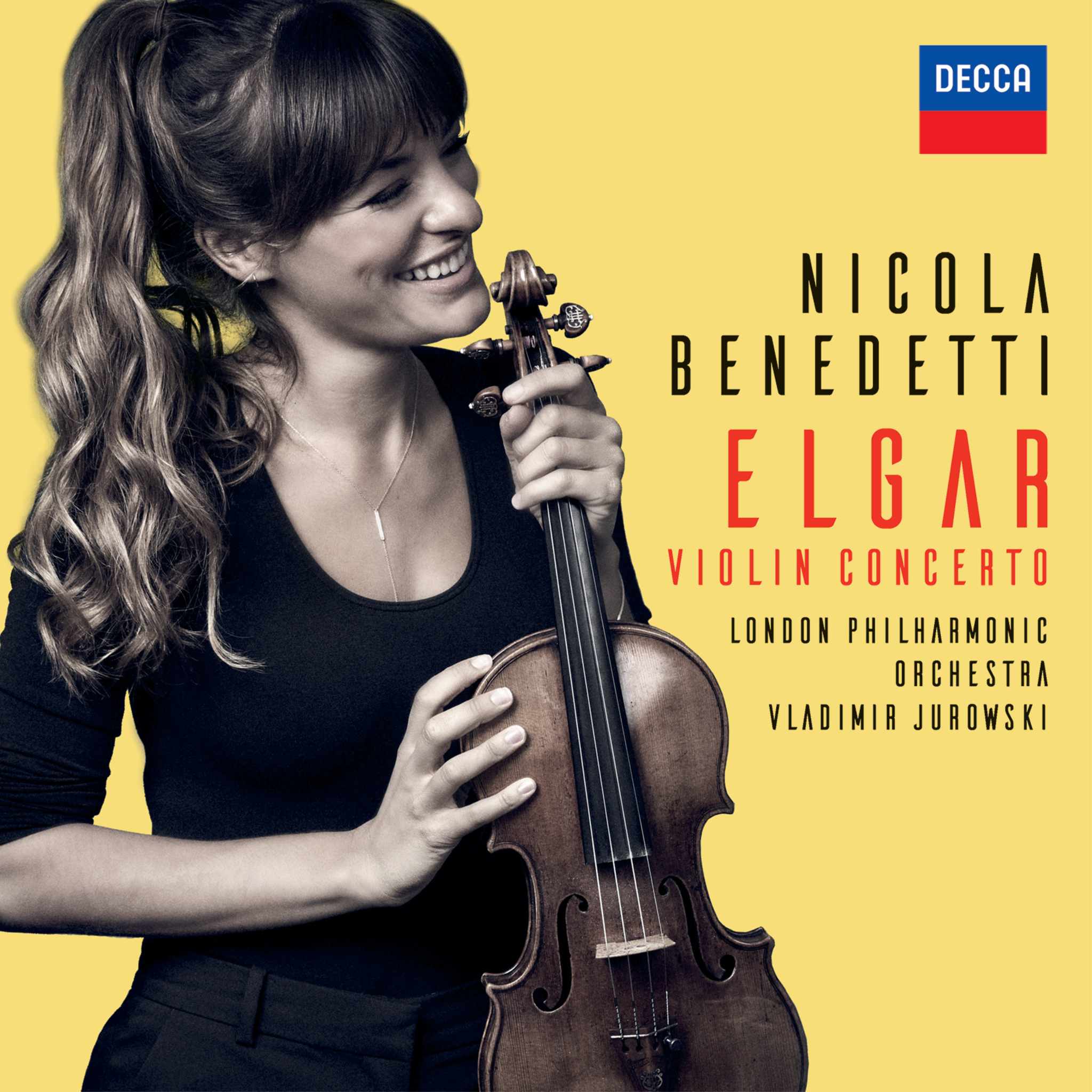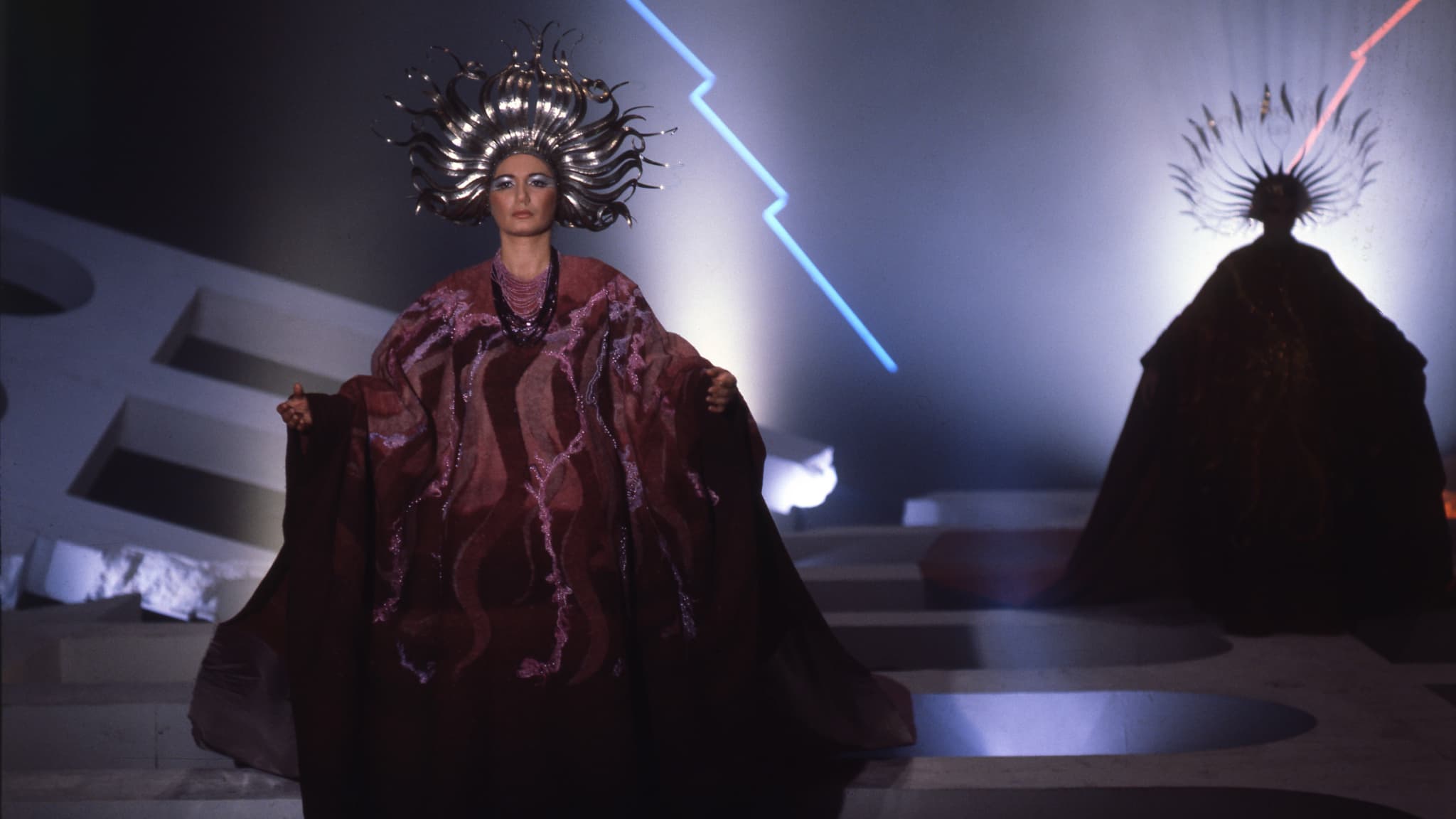Album insights
Haydn, though not a virtuoso like Mozart or Beethoven, always focused on the piano in his creative endeavors. From his time as a student at Vienna's elite choir school, his skills on the clavichord, harpsichord, and organ were more than competent. He started his strict morning routine as an adult by experimenting with ideas on the clavichord, later transitioning to the fortepiano in the early 1780s. Towards the end of his life, he told his biographer, landscape painter Albert Christoph Dies, that his imagination played on him as on a piano, considering himself essentially a living piano. Dies also reported that Haydn's worm-eaten clavichord brought solace to the young composer in his Viennese garret in the early 1750s.
Throughout his career, Haydn composed extensively for keyboard instruments. His approximately sixty solo sonatas provide a less complete picture of his artistic development compared to his symphonies and string quartets. However, they better illustrate the evolution of the classical sonata. Ranging from the period of the galant Viennese master Georg Christoph Wagenseil in the 1750s to the influence of the new Broadwood instruments he encountered in London, Haydn's sonatas delineate a rich musical trajectory.
Most of Haydn's sonatas lack precise dating due to lost autograph manuscripts. The D major Sonata No. 33 was first published in 1783 but had been circulating in handwritten copies several years earlier, possibly dating back to 1773. Even though technically modest, it remains a charming piece with an initial Allegro introducing a playful arpeggio figure. The A major Sonata No. 26, written around 1773, features a majestic introductory movement contrasting a military-like theme with rhapsodic excursions. The following movements creatively weave intricate musical elements, reflecting Haydn's artistic depth.
Among Haydn's works, Sonata No. 31 in E major, published in 1776 but likely composed earlier, showcases a contrast between lyrical themes and cascading sextuplets. The second movement displays neobaroque elements, infused with choral prelude nuances and contrapuntal inventions. Haydn's innovative musical approach shines through the variations and contrasting episodes seamlessly interwoven in the finale.
Sonatas No. 35 and 39, published in 1780 and dedicated to the talented Auenbrugger sisters, marked a shift in Haydn's composition for the piano. While earlier sonatas were conceived for the harpsichord, these were designed for the fortepiano, requiring dynamic flexibility. Sonata No. 35 in C major, akin to Mozart's "Sonate facile," exudes simplicity and charm in its execution. The lively Menuett concludes the piece, surrounding a brief episode in C minor.
Haydn's dedication to musical innovation is evident in his works such as the Sonata No. 39 in G major, where he creatively reuses motifs to demonstrate distinctive treatment approaches. The Rondo-Variation structure in the composition reflects Haydn's playfulness and mastery of form. The C major Adagio, typical of Haydn's style, incorporates elaborate figurations, leading to a whimsical 6/8 Prestissimo finale with a touch of Scarlatti.
Haydn's exploration of the piano genre continued with Sonatas No. 48 and 49, each presenting unique challenges and musical depth. Sonata No. 48 in C major, published in 1789, showcases Haydn's exceptional skills in utilizing the full range of the fortepiano. The opening Andante con espressione and subsequent Allegro con brio demonstrate his orchestral approach to piano composition, culminating in a vibrant and comical finale.
The Sonata No. 49 in E-flat major, composed as a three-movement piece in collaboration with the Eszterházy household, reflects Haydn's intimate musical language. The dramatic Allegro, intricate C-Dur-Adagio, and the lively Menuett-Finale combine to create a profound and emotionally resonant work, possibly expressing Haydn's feelings for his confidante Maria Anna von Genzinger.
In 1793, Haydn composed the Sonata "Un piccolo divertimento" in F minor for pianist Babette von Ployer. This deeply expressive piece competes with his symphonic works, showcasing variations in alternating major and minor keys. The composition, rich in emotional depth and complexity, possibly alludes to the tragic loss of Maria Anna von Genzinger, reflecting a poignant chapter in Haydn's musical journey.

















